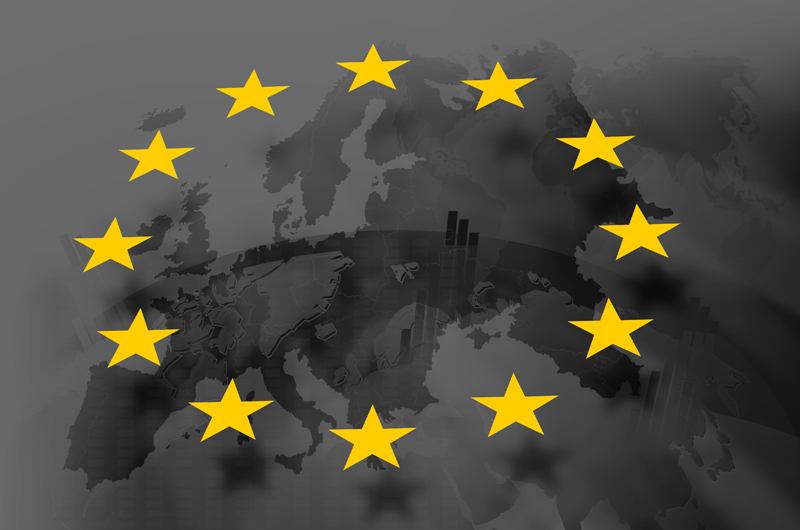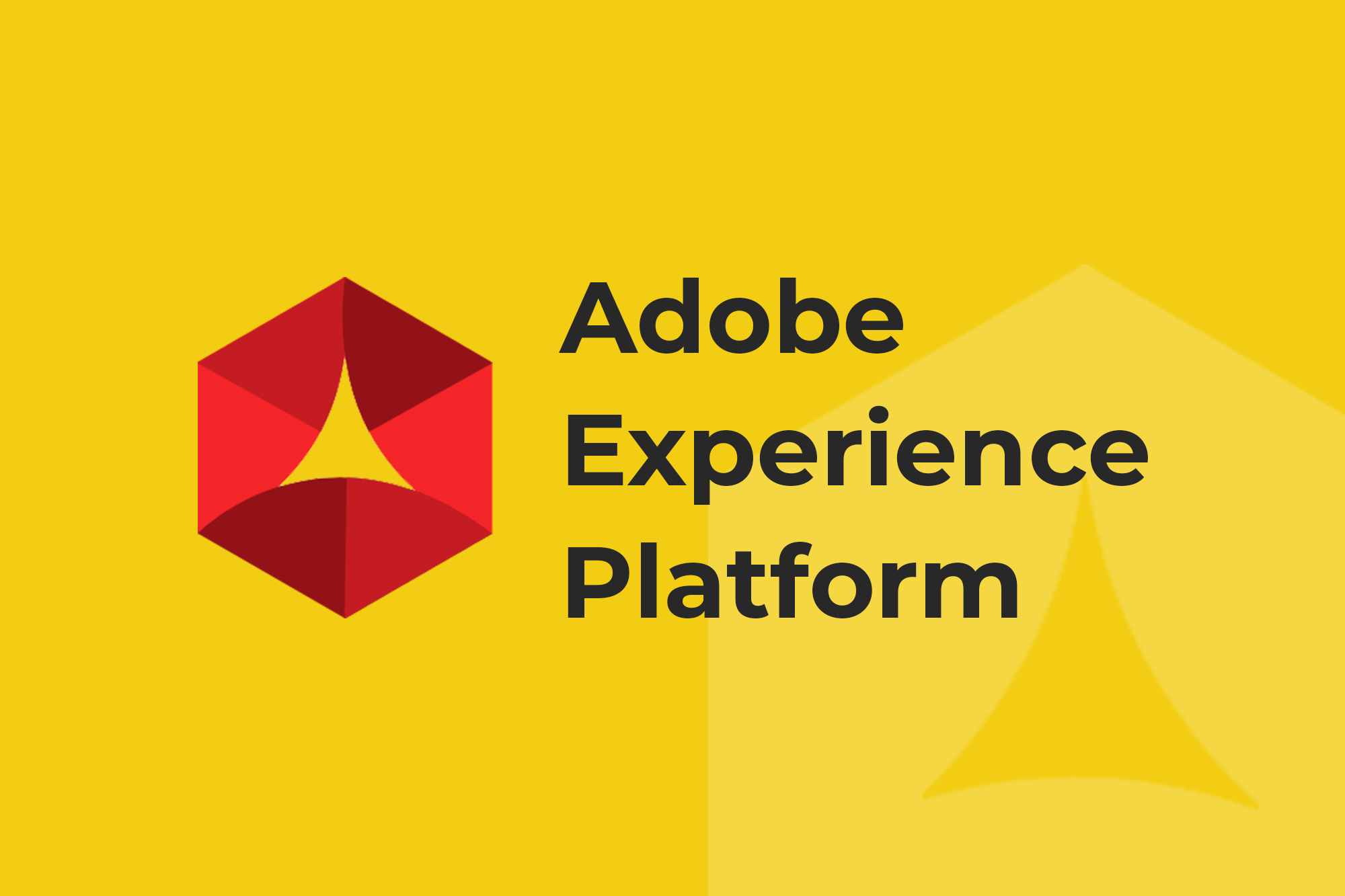What did you learn from Adobe Summit or IAPP Global Privacy Summit 2023?
Adobe Summit is Adobe’s annual digital experience conference where attendees can learn about the latest innovations in analytics for customer journeys, B2B marketing, customer data management, content creation, and omnichannel engagement.
IAPP Global Privacy Summit is an annual conference for professionals concerned about the latest developments in privacy and data protection.
Attendees at Adobe Summit were also concerned about data privacy in terms of their digital properties, and IAPP GPS attendees were extremely interested in the future of web technologies. While the two conferences approach marketing and technology from different angles, the topics of interest overlapped.
We picked up on four trends and observations about the industry. See if you agree with our takeaways from these two major conferences.
AI Concerns
While ChatGPT rushed AI conversations to the forefront, both Adobe Summit and IAPP GPS had sessions and topics surrounding AI, albeit from two different angles.
Adobe was promoting a new era of creativity and productivity with tools like Sensei GenAI and Firefly.
Sensei GenAI combines AI and machine learning into Adobe Experience Cloud to help marketers:
- Predict customer behaviors and personalize experiences
- Edit creative work and assist in document creation
- Help forecast, budget, and optimize ads
Firefly is a family of generative AI models to help creators:
- Use everyday language to generate content
- Create vectors, brushes, and textures from a few words or a sketch
- Use text-based video editing
There’s been some panic amongst writers, designers, and other creatives about what AI means for job security, but Adobe positions its AI as productive tools to empower creators. They are thinking of it as “human-led, AI-assisted content generation.” Adobe is also promoting Content Credentials through the Content Authenticity Initiative so that creators can place digital fingerprints in the cloud to get credit for their work and offer transparency when AI is utilized. At this stage, AI still needs human input, and AI cannot judge if what it has made is any good, so we tend to agree with Adobe’s perspective. (Have you seen ChatGPT poetry?)
On the other hand, the conversation at IAPP GPS was more focused on the ethical and privacy concerns regarding the use of generative AI technologies. Some questions raised amidst a sea of questions:
- Since AI chatbots are using large language models trained on data scraped from the internet, what would be the legal basis for the collection and processing of that data and how do you protect data that’s not meant to be scraped?
- Transparency (not just in terms of whether AI is used): how would organizations using AI explain how the system makes decisions with regard to data collection and usage?
- What about individual privacy rights, such as the “right to be forgotten”? How would a machine learning model delete data? Can artificial intelligence forget?
At the tradeshow, US Federal Trade Commissioner, Alvarao Bedoya said that US trade practice laws do cover generative AI. Meanwhile, Europe is busy working on the EU AI Act. We also heard regulatory probes of ChatGPT were popping up in Canada and South Korea, following Italy’s temporary ban.
AI systems and regulatory enforcement and litigation will be increasing, so it makes sense for individual companies to continue building a culture of transparency during these momentous developments.
Privacy Compliance is Maturing in the US
In Washington D.C. at IAPP GPS, we witnessed a maturation of the privacy compliance space in the US. Since Sephora was fined by California and regulations have passed in Virginia, Colorado, Connecticut, Utah, and Iowa, privacy professionals are no longer putting their websites on the back burner. Booth visitors and attendees we conversed with were aware that they needed to take website privacy compliance seriously, and even if they didn’t yet know how exactly to do it, they had heard ObservePoint could help.
Prior to this inflection point, most legal and compliance departments were more focused on data mapping their internal databases and looking for personally identifiable information (PII) they already had. Now organizations are looking for tools that can help them see all the moving parts of a continually changing website where data collection is happening on a regular basis.
Analytics Integrated with Experiences
For years, we’ve been hearing about making your brand an experience and not just about the products, but what is that experiential layer on a website? It’s not the technologies running, cookies being set, and the data being collected behind the scenes. Rather, it’s broken pages, page load times, rendering of images, content, layout, videos, forms, and all other elements users see and interact with in a browser. While analytics validation has long been the bread and butter of companies like ObservePoint, we have been continuously striving to extrapolate beyond technology validation and into monitoring all aspects of website data collection and experience.
Adobe has been at the forefront of integrating analytics and creative, and at this year’s show, they were promoting the concept of “experience-led growth.” Through tools like Adobe Target (personalization engine), Adobe Experience Manager (content management), Adobe Marketo Engage (marketing automation), and more, Adobe continues to help brands deliver customer experiences that are personalized, first-party, and backed by data.
A Web Scanning Differentiator
Our final point is about web scanners in general. If you’ve been shopping around for or already employ a Consent Management Platform (CMP), you might’ve noticed that most of the biggest CMPs have built-in web scanners. So, why would anyone need ObservePoint?
Well, let us brag for just a moment. At Global Privacy Summit, a number of technology partners and privacy professionals confirmed that the ObservePoint platform offers a breadth and depth of scanning that others simply don’t have. That’s because scanners provided by CMP vendors are primarily built to get you up and running on their platform, not to monitor your site for ongoing governance. The point of ObservePoint is to make sure all your web technologies – your CMP, Analytics tool, Tag Manager, and various other MarTech – are actually functioning properly and doing what you need them to do.
So here’s the ObservePoint difference:
- Breadth: Most web scanners typically max out at about 5,000 – 10,000 pages per audit. Our limits are exponentially higher, enabling you to scan the entirety of your website, which is what you need to not only correctly craft your privacy policies and consent management banners, but also to ensure ongoing alignment with privacy standards.
- Depth: We show more details about web pages, cookies, and data collected than other solutions, delivering to you the insights you need to continuously govern your web technologies, privacy compliance, and customer experiences. For cookies, you need to know more information than just their names, domains, and expiration settings; we also tell you which pages they’re detected on, what specific values they’re storing, and which tags caused them to be set or updated. ObservePoint delivers more information (and more accurate) information than any other platform available on the market today.
- Monitoring: Websites are dynamic. One scan does not mean you’re done. We built the automation you need to continuously monitor your site, at whatever frequency fits your web governance needs. Many of our users audit their most critical web pages on a daily or weekly basis and monitor their most critical customer journeys up to every 15 minutes.
We hope you enjoyed our tradeshow round-up, and if you’d like to experience how ObservePoint actually shows you these details about your website, come try a Sample Audit for free.





